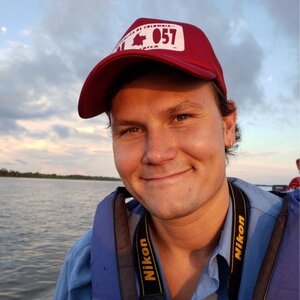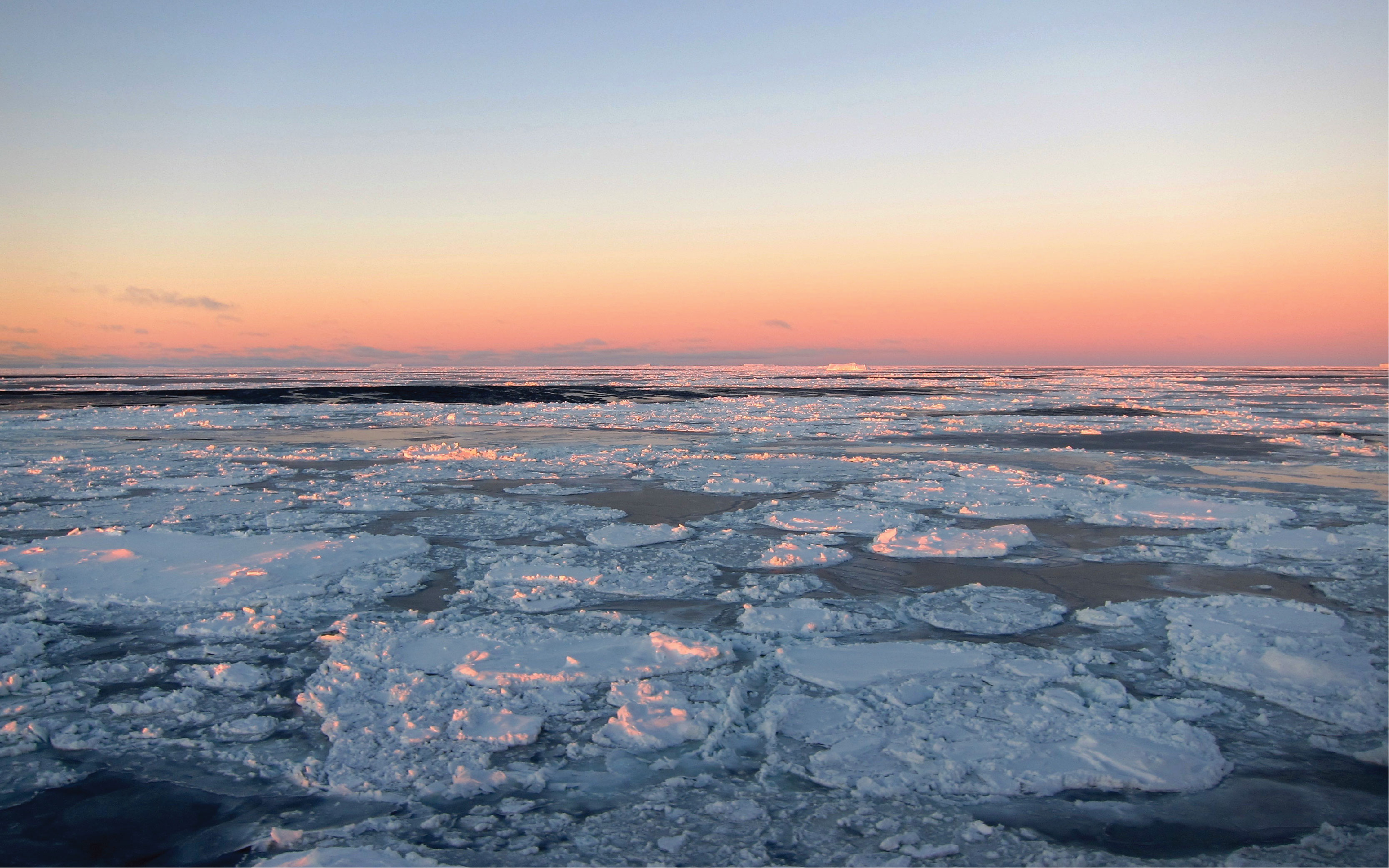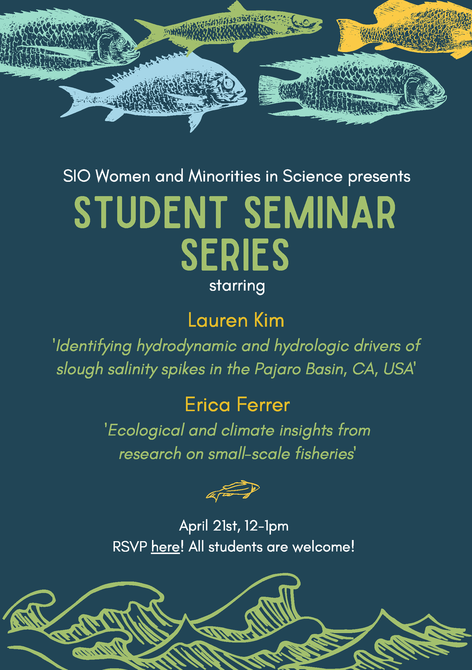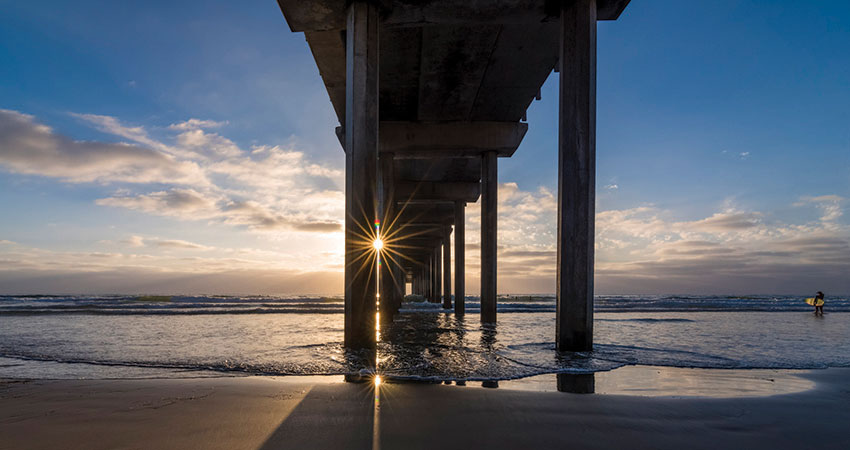
Institutional Seminar Series
Tuesday, April 26
via Zoom (Link to be sent morning of)
1:00 p.m. Talks begin w/ Q&A
-------------------------
Title: Diel dynamics of microbial biogeochemistry in coastal marine systems
Abstract: Coastal marine environments maintain their own unique planktonic microbiomes and distinct biogeochemical properties compared to the surrounding ocean waters. Benthic…




